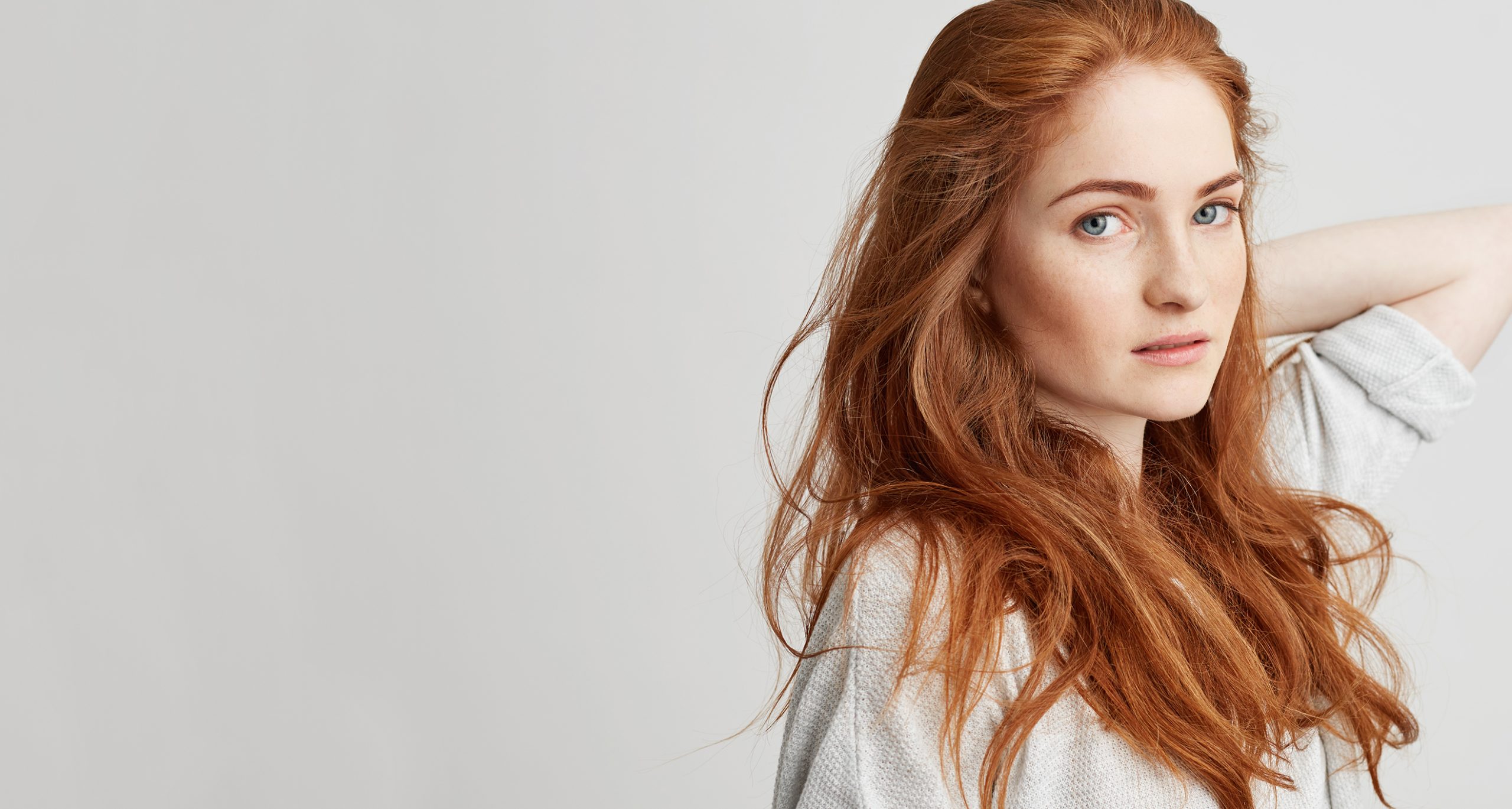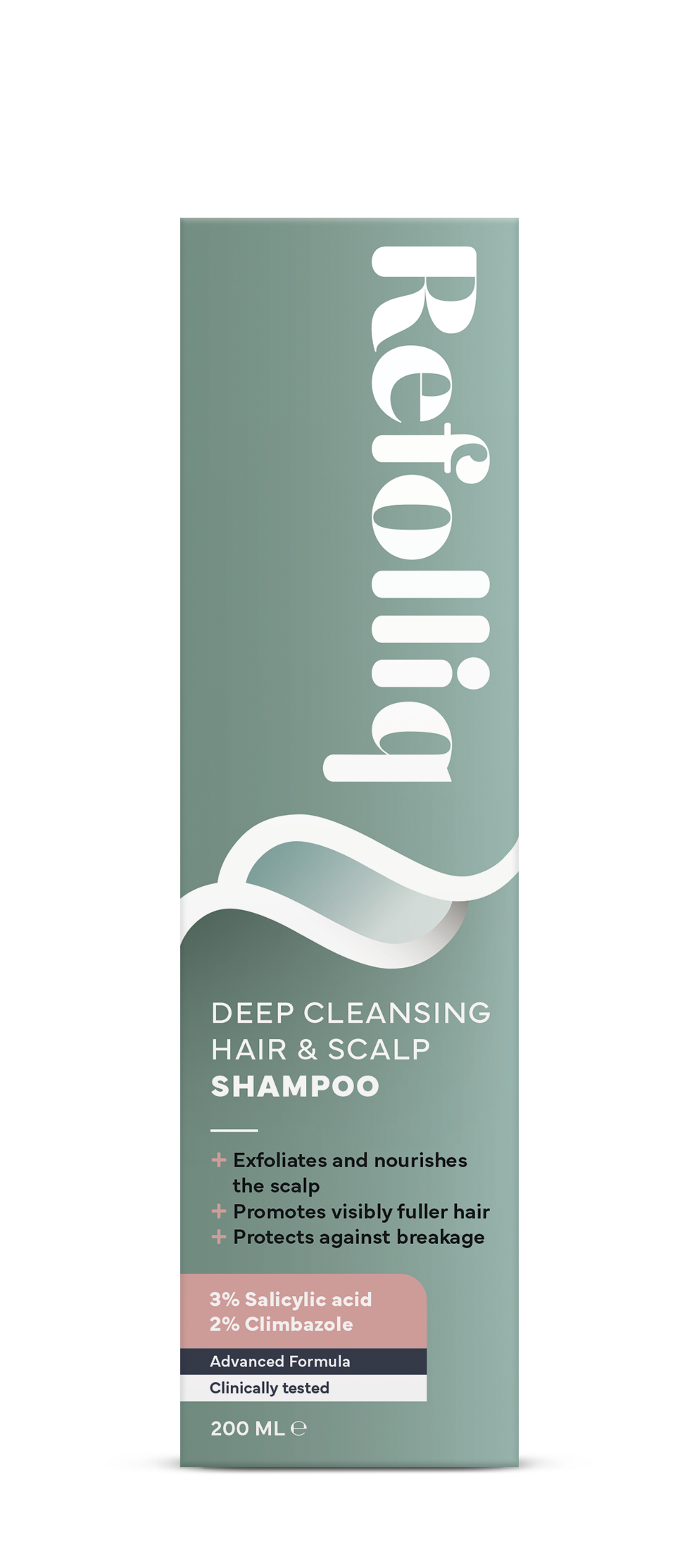Everything you need
to know about hairloss


Myths and Truths About Hair Loss: Separating Fact from Fiction
Hair loss is a common concern that affects millions of people worldwide. Whether due to age, genetics, or health conditions, it can be a source of frustration and self-consciousness. Unfortunately, there’s a lot of misinformation surrounding hair loss, leading to confusion and anxiety. In this article, we’ll tackle some of the most prevalent myths and reveal the truths about hair loss to help you better understand the condition and your options.
Myth 1: Only Men Experience Hair Loss
Truth: Women Can Also Experience Hair Loss
While it’s true that male pattern baldness (androgenetic alopecia) is more commonly discussed, women are not immune to hair loss. By the age of 50, up to 40% of women experience visible hair thinning. Female hair loss can be caused by many factors, including hormonal imbalances, pregnancy, menopause, and stress. The patterns of hair loss may differ, with women typically experiencing thinning rather than complete baldness, but the impact can be just as profound.
Myth 2: Shampooing Too Often Causes Hair Loss
Truth: Shampooing Does Not Lead to Hair Loss
It’s a common misconception that daily hair washing causes hair loss, often because people notice strands of hair going down the drain. However, these strands are usually part of the hair’s natural growth cycle, where shedding is normal. Most individuals lose 50 to 100 hairs per day as part of this cycle.
Shampooing helps maintain a clean, healthy scalp, which supports the preservation of your hair.
Myth 3: Stress Alone Causes Permanent Hair Loss
Truth: Stress-Induced Hair Loss is Often Temporary
Severe stress can lead to hair loss, but it’s often temporary. A condition called telogen effluvium can occur after a highly stressful event, causing large amounts of hair to enter the resting (telogen) phase of the growth cycle prematurely. While this can result in significant hair shedding, the hair typically regrows once the stressor is resolved. However, if stress persists or other factors like genetics or illness are involved, the hair loss may be more complicated and could require medical attention.
Myth 4: Baldness Comes from Your Mother’s Side of the Family
Truth: Hair Loss is Inherited from Both Parents
One of the most common misconceptions is that hair loss is inherited solely from your mother’s side of the family. In reality, hair loss can be inherited from both your mother’s and father’s side of the family.
Research indicates that multiple genes from both sides contribute to the likelihood of hair loss.
While it’s true that a key gene associated with male pattern baldness is located on the X chromosome, which men inherit from their mothers, it is crucial to note that hair loss is not governed by a single gene.
Studies have identified several other genes located on different chromosomes that contribute to hair loss, many of which can be inherited from both parents.
Myth 5: Wearing Hats Causes Hair Loss
Truth: Hats Do Not Cause Hair Loss
One of the most persistent myths is that wearing hats will suffocate your hair follicles, causing them to weaken and fall out. However, hair follicles receive their oxygen and nutrients from the bloodstream, not from the air. Unless your hat is exceptionally tight and pulling at your hair, wearing one has no effect on your hair loss.
Myth 6: Massaging Your Scalp Can Prevent Hair Loss
Truth: Scalp Massage Won’t Cure Baldness but Can Promote Healthy Growth
Scalp massage is often promoted as a remedy for hair loss due to its ability to increase circulation to the hair follicles. While there’s no scientific proof that it can stop or reverse balding, it can support hair health by boosting blood flow and promoting relaxation. However, it’s not a standalone solution for hair loss, treatments with topical treatments such as Refolliq Revitalising Hair Growth Lotion are more effective for slowing or preventing hair loss.


